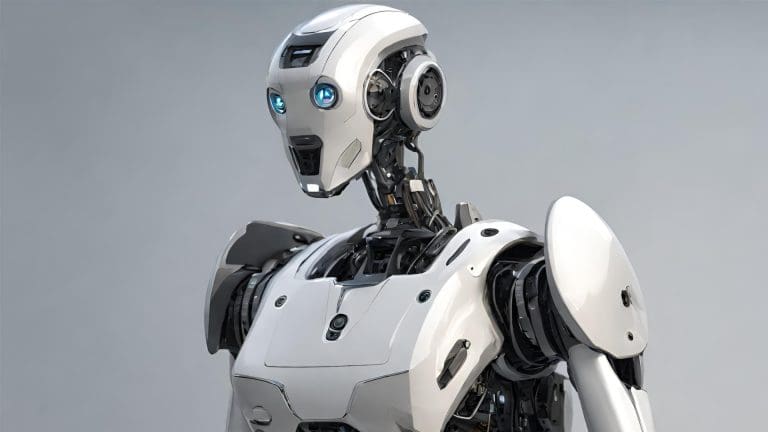Veve Vortex: Exploring the Latest Trends
Stay updated with the latest in news, tech, and lifestyle.
When Robots Become Your New Best Friends
Discover how robots are changing lives and becoming our unexpected best friends. Embrace the future of friendship with technology!
The Evolution of Robotics: How Machines Became Our Allies
The journey of robotics began in the early 20th century, when the concept of machines performing tasks for humans was merely a futuristic dream. Robots evolved from simple mechanical devices to complex systems capable of executing intricate operations. The significant advancements in artificial intelligence and machine learning have propelled this evolution further, allowing robots to not only assist us in mundane tasks but also to learn and adapt over time. This transformation has led to a reevaluation of our relationship with machines, shifting from skepticism to collaboration.
Today, robots are becoming indispensable allies in various sectors, including manufacturing, healthcare, and even home automation. For instance, in healthcare, surgical robots assist surgeons by providing enhanced precision, while in manufacturing, industrial robots streamline production processes. The integration of robots into our daily lives has opened up new avenues for efficiency and innovation, marking a pivotal moment in the evolution of robotics. As we move forward, the synergy between humans and machines continues to redefine the contours of our existence, highlighting the potential for a future where robots are our trusted partners.

10 Ways Robots are Transforming Friendship and Companionship
As technology continues to advance, robots are increasingly becoming a part of our everyday lives, transforming the very nature of friendship and companionship. One of the most significant ways they are doing this is through the development of social robots. These machines are designed to interact with humans, providing emotional support and companionship, especially for the elderly or those who may feel isolated. Robots like Jibo or Sophia can hold conversations, recognize faces, and even learn preferences over time, fostering a sense of connection that mirrors genuine friendship.
Moreover, robots are reshaping how we form and maintain relationships. For instance, they can assist with communication, bridging gaps in friendships and providing platforms for meaningful interactions. Applications like robotic pet companions exemplify this, offering playful and engaging alternatives for companionship without the responsibilities of caring for a live animal. Additionally, in therapeutic settings, robotic companions aid in reducing anxiety and improving emotional well-being, proving that even machines can foster a sense of connection that enhances our friendship experiences.
Are Robots the Future of Friendship? Exploring the Benefits and Challenges
The rise of robots as companions has sparked a debate about their potential to reshape the nature of friendship in the future. With advancements in artificial intelligence and robotics, these mechanical beings are becoming more adept at understanding human emotions and social cues. For instance, social robots like PARO, the therapeutic seal robot, are already used to provide emotional support and companionship to the elderly. The benefits of having robots as friends include their unwavering loyalty, consistent availability, and ability to provide companionship without the complexities often associated with human relationships, such as misunderstandings and emotional turmoil.
However, the integration of robots into our social lives also brings challenges that cannot be overlooked. The reliance on robotic companionship may lead to a decline in human-to-human interactions, raising concerns about isolation and loneliness among individuals. Moreover, ethical questions arise regarding the emotional bonds formed with robots—can they truly provide the emotional fulfillment that human relationships offer? As society explores these benefits and challenges, it will be crucial to strike a balance, ensuring that while we embrace the evolution of friendship, we do not lose sight of the inherent value of genuine human connections.